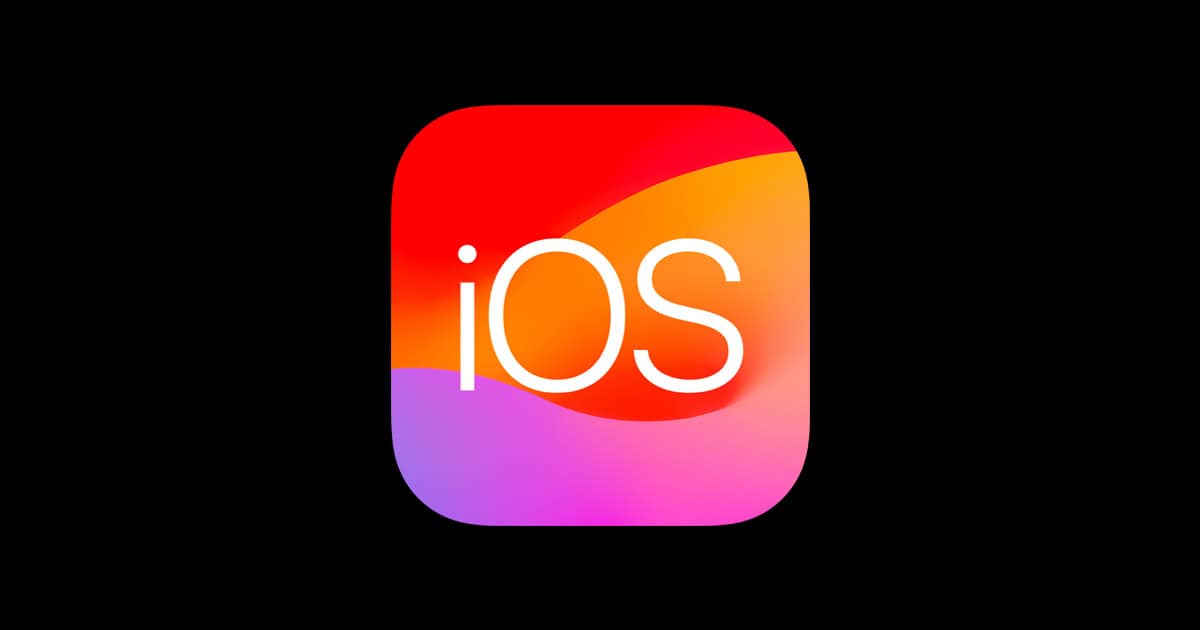iOS has a rich history since its launch in 2007 alongside the first iPhone. Apple’s mobile operating system started as iPhone OS, rebranding to iOS with the release of the iPad and iOS 4. The latest version, iOS 17.5.1, continues to showcase Apple’s trend of regular updates and technological advancements.
Each iOS version has brought new features and improvements. iOS 7, for example, introduced a major design overhaul, while iOS 13 marked the debut of a distinct iPadOS. The evolution from iPhone OS to iOS 18 highlights a journey filled with innovations that have shaped the smartphone landscape.
Apple’s strategy integrates iOS deeply with its other services, creating a seamless user experience. From the introduction of the App Store in iOS 2 to the integration of Apple Pay and advanced privacy features in later releases, iOS has continually enhanced how users interact with their devices.
Evolution of iOS: A Timeline
Early Years: iPhone OS (2007-2009)
| Year | Version | Key Features |
|---|---|---|
| 2007 | iPhone OS 1 | First version of Apple’s mobile OS, with basic apps and touchscreen interface. |
| 2008 | iPhone OS 2 | App Store introduction, GPS support, and push email. |
| 2009 | iPhone OS 3 | Copy and paste, spotlight search, and MMS messaging. |
The Rise of iOS (2010-2014)
| Year | Version | Key Features |
|---|---|---|
| 2010 | iOS 4 | Multitasking, folders, and FaceTime video calling. |
| 2011 | iOS 5 | Notification Center, iMessage, and iCloud. |
| 2012 | iOS 6 | Apple Maps, Passbook, and Facebook integration. |
| 2013 | iOS 7 | Major redesign with flat UI, Control Center, and AirDrop. |
| 2014 | iOS 8 | Health app, HomeKit, and third-party keyboard support. |
Refinement and Expansion (2015-2019)
| Year | Version | Key Features |
|---|---|---|
| 2015 | iOS 9 | Proactive Siri, News app, and improved battery life. |
| 2016 | iOS 10 | Redesigned lock screen, Messages app with apps, and Home app. |
| 2017 | iOS 11 | Files app, drag and drop, and ARKit. |
| 2018 | iOS 12 | Performance improvements, Screen Time, and Group FaceTime. |
| 2019 | iOS 13 | Dark Mode, Sign in with Apple, and improved Photos app. |
The Modern Era (2020-Present)
| Year | Version | Key Features |
|---|---|---|
| 2020 | iOS 14 | Home screen widgets, App Library, and App Clips. |
| 2021 | iOS 15 | Focus modes, Live Text, and SharePlay. |
| 2022 | iOS 16 | Customizable lock screen, editable messages, and Safety Check. |
| 2023 | iOS 17 | Standby mode, interactive widgets, and enhanced privacy features like Lockdown Mode and Link Tracking Protection. |
| 2024* | iOS 18 | Ai Integration & Enhancements. New layout and design features. |
Key Takeaways
- iOS started as iPhone OS, rebranded with iOS 4.
- Major updates introduced key features like the App Store and iPadOS.
- iOS integrates seamlessly with Apple services, improving user experience.
Evolution and Major Releases
The history of iOS shows the growth in features and improvements from its early days to the latest updates. Each major release brought new tools and upgrades that kept users engaged.
Origins and iPhone OS
Apple launched the iPhone on June 29, 2007, with iPhone OS. It had only basic functions. Users experienced a touch interface with apps for calling, texting, and browsing. The App Store appeared a year later. This opened iPhone to third-party apps, changing how users interact with their devices. With iPhone OS 3, features like copy-paste, MMS, and Spotlight Search were added. This version supported iPhone, iPhone 3G, and iPhone 3GS.
iOS 4 to iOS 6: Multitasking and Siri
In June 2010, Apple released iOS 4. Multitasking allowed users to switch between apps quickly. The iPhone 4 introduced Retina Display for sharper visuals. iOS 5 launched in October 2011. It brought Siri, a voice assistant, first seen in the iPhone 4S. iOS 6, released in 2012, added Apple Maps and Passbook—a precursor to Apple Wallet. iPhone 5 arrived with a larger screen and support for 4G LTE.
iOS 7 to iOS 9: Redesign and Apple Pay
iOS 7 came out in 2013, featuring a major redesign with flatter icons and bright colors. The updates also improved Control Center and AirDrop. iOS 8 in 2014 added HealthKit and HomeKit. Apple Pay debuted, allowing secure mobile payments. It was available on the iPhone 6 and 6 Plus. iOS 9 in 2015 focused on stability and performance. It introduced Night Shift and a new proactive Siri.
iOS 10 to iOS 12: Messages and Security Enhancements
Released in 2016, iOS 10 revamped Messages with animations and stickers. Apple Maps and Photos saw improvements. The iPhone 7 supported these updates. iOS 11 in 2017 enhanced the iPad experience with a new dock and file system. The iPhone 8 and iPhone X featured Face ID and OLED screens. iOS 12, released in 2018, emphasized performance. Added features included Screen Time and Memoji. The iPhone XS and iPhone XR launched with this update.
iOS 13 to iOS 17: Dark Mode and Privacy Updates
iOS 13 brought Dark Mode in 2019. It improved privacy controls and revamped the Photos app. iOS 14 in 2020 introduced home screen widgets and App Library. iOS 15 in 2021 added Focus modes and FaceTime upgrades. iOS 16 in 2022 brought Lock Screen customization. The iPhone 14 series featured these updates. iOS 17 aimed at enhancing communication with new Messages features and improvements to the Phone app.
The Latest Chapter: iOS 18 and Beyond
Released in 2024, iOS 18 focuses on artificial intelligence and machine learning integration. It improves Siri, making it more predictive. New privacy updates offer better control over personal data. Health improvements include more advanced monitoring. Users can expect ongoing updates to keep their devices secure and up-to-date.
Ecosystem Integration and Services
Apple’s iOS has evolved to provide tight integration with its ecosystem. This includes the App Store, cloud services, and advanced features designed for both users and developers.
App Store and Third-Party Apps
The App Store, launched in 2008, allows users to download various apps. With over 2 million apps available, it spans categories like games, education, and productivity. Apple has crafted its store to maintain quality and security.
Third-party apps add endless possibilities. They bring specialized functions, enhance productivity, and provide entertainment. Developers benefit from the robust software development kit (SDK) and comprehensive support.
Key Points:
- Over 2 million apps
- Strict quality and security
- Easy access for users
- Strong developer tools
Cloud Services and Continuity
iCloud seamlessly syncs data like photos, contacts, and files across Apple devices. iCloud Drive offers file storage reachable from any device. Apple Music streams millions of songs while ensuring user libraries are synced.
Continuity features like Handoff permit users to switch tasks between devices. With AirDrop, sharing files with nearby Apple gadgets is quick and simple. FaceTime, Messages, and Mail also sync effortlessly.
Key Points:
- iCloud syncing across devices
- iCloud Drive for easy storage
- Apple Music for streaming
- Handoff for task switching
- Simple sharing with AirDrop
- Synced FaceTime, Messages, and Mail
Advanced Features for Users and Developers
AI-driven features like Siri enhance usability. Apple’s ARKit brings augmented reality to apps, introducing immersive experiences. SharePlay allows users to share media during video calls in FaceTime.
For developers, tools like Xcode and Swift aid app creation. They can integrate iOS capabilities like Maps, Safari content blockers, and in-app purchases. iOS updates focus on user experience and developer utility.
Key Points:
- Siri for intelligent assistance
- ARKit for augmented reality
- SharePlay for shared media in FaceTime
- Xcode and Swift for development
- Integration with Maps and Safari
- Regular updates for enhanced features







